

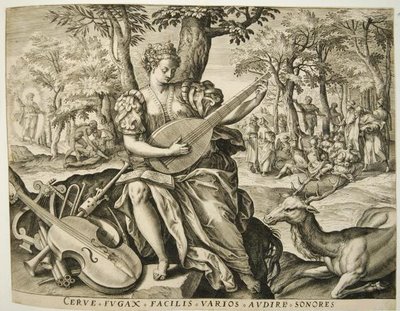
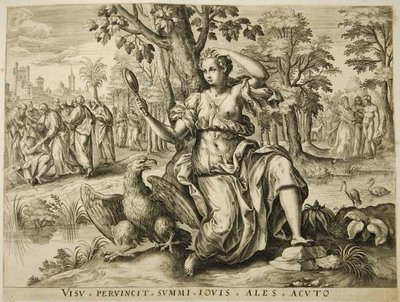
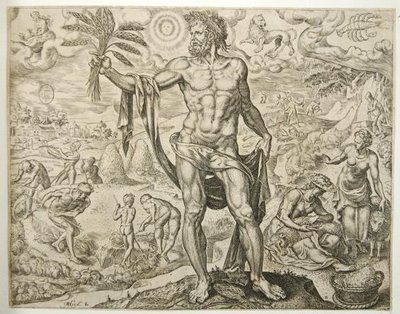
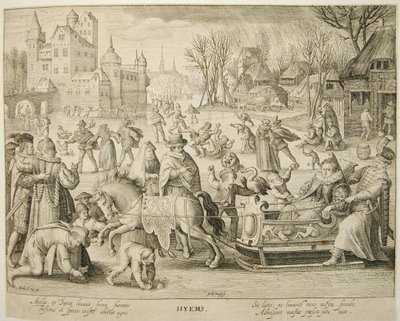



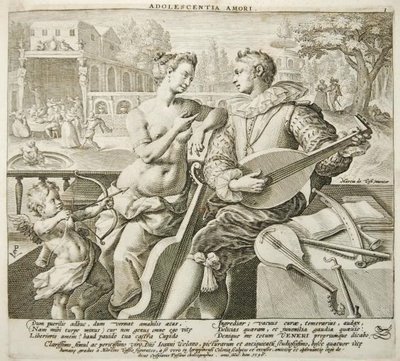




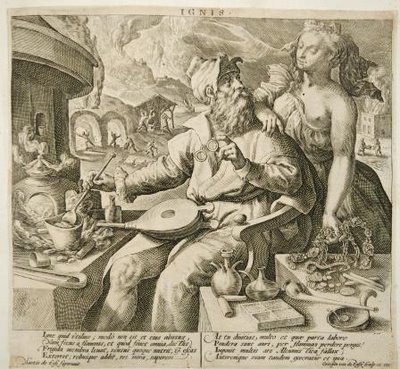

[click images to enlarge to full size]
In the 1520s, the sacking of Rome, the death of Raphael and the beginning of the Reformation were concrete markers for a more subtle evolution in the history of art.
The balanced, scientific and classical artistic style from the high renaissance gave way to an ambiguous transitional art movement known as mannerism. It is a somewhat elusive term (and I've been trying to peg it down in my own mind for ages) for artistic works produced before the baroque period commenced in 1600. But then, artworks with mannerist elements were produced during both the renaissance and the baroque era, so it is more of a descriptor of an artistic style than it is the title of the time period.
Mannerist works often involve complex artifice - elongated people in unusual poses and settings, distorted perspective, exaggerated emotion, discordant colours, crowded compositions - and many incorporate disparate thematic elements from christianity, classicism and mythology with allegorical subtext. All this produced with a virtuoso technique, emphasizing the artist's intellect: style was everything! ['Mannerism' derives from the Italian word for style, 'maniera']
I'm not necessarily a great fan of the mannerist paintings but I find many of the engravings to be slightly surreal and oddly arresting. There is a lot to contemplate, and attributing meaning to a whole work or selected motifs can be an enjoyably puzzling exercise.
The images above come from a collection of mannerist engravings produced, as far as I have checked, in Belgium and Holland in the 2nd half of the 16th century. We aren't told how or when the collection was assembled (that may even have been by the hosting portal) but it includes 11 groups of allegorical engravings.
The groups, which depict cycles or stages or defining characteristics are: temperament, seasons (2 sets), continents, European countries, the 4 elements, human life stages, the senses and artistic subjects. I'm sure you can work out which is which above - the image URL will probably help.
- The collection of modestly sized engravings is from Biblioteca Casanatense via the wonderful F.Datini website.
- I posted this link to 'Allegorische Graphikserien des Manierismus' at Kunstgeschichtliches Institut der Ruhr-Universität Bochum previously, which includes some of the above images. If you read german, there is quite a bit of commentary.
- Artcylopedia has example mannerist paintings and links and WWar resources have artist links.
- Encylopedia Britannica on mannerism.
No comments:
Post a Comment